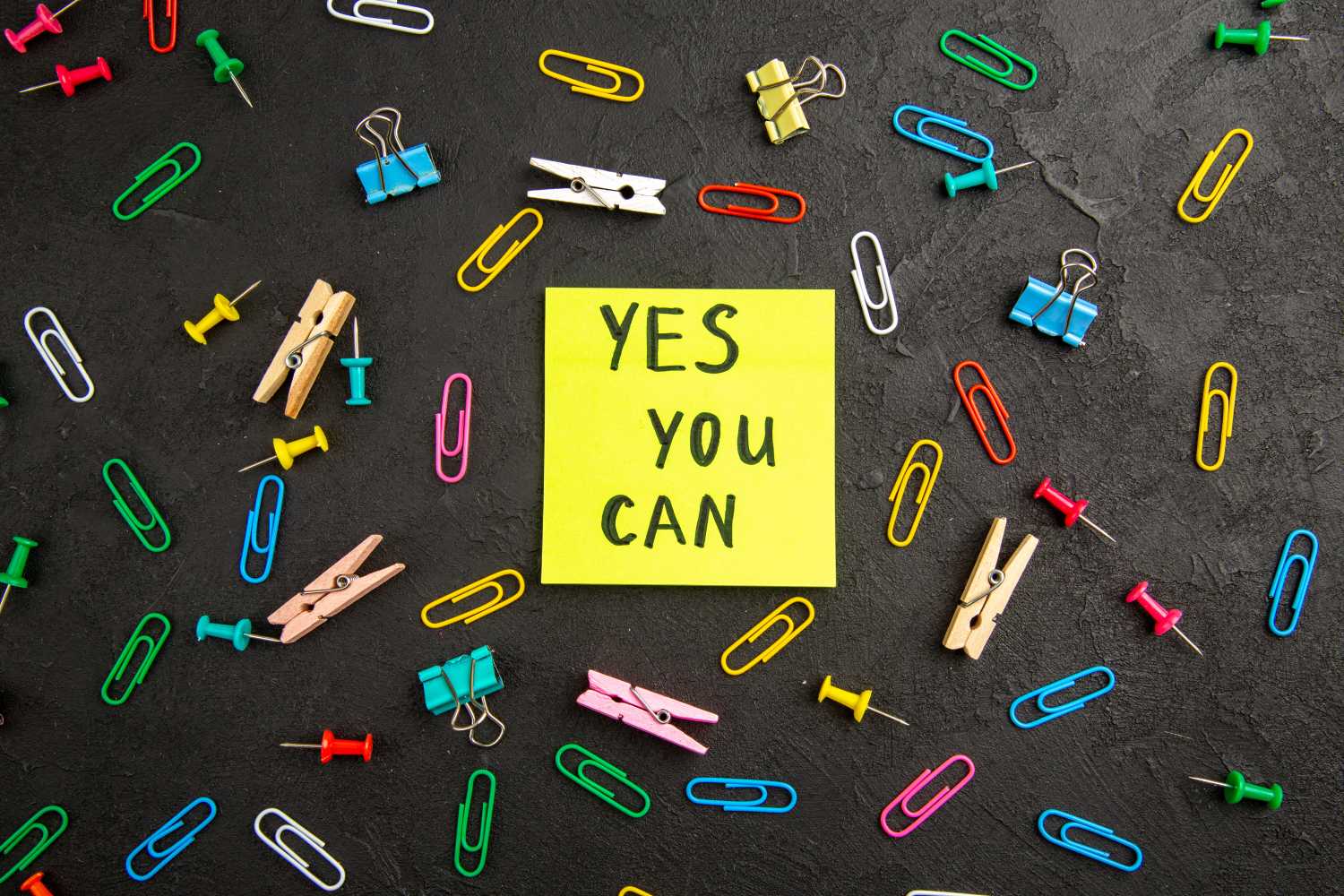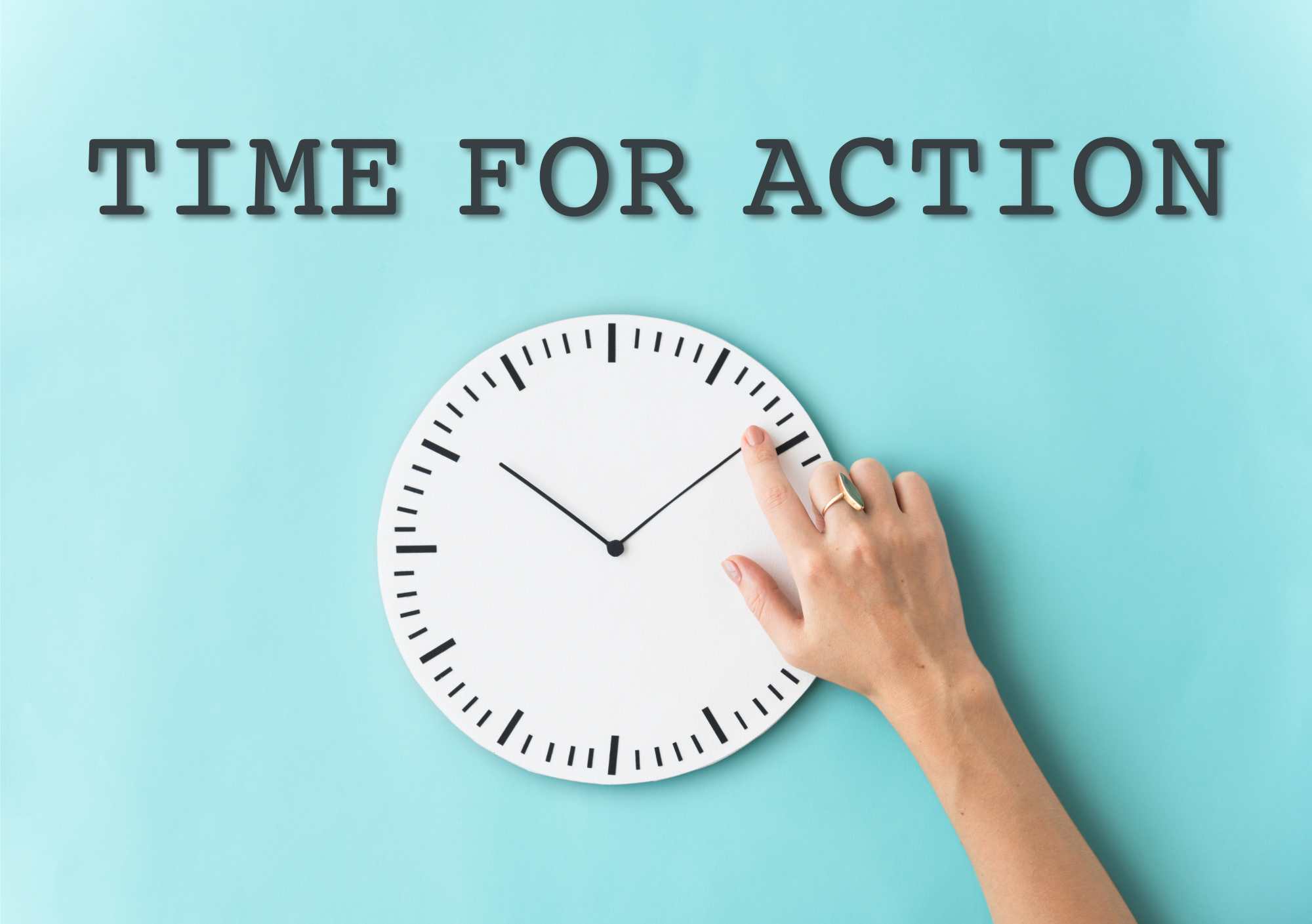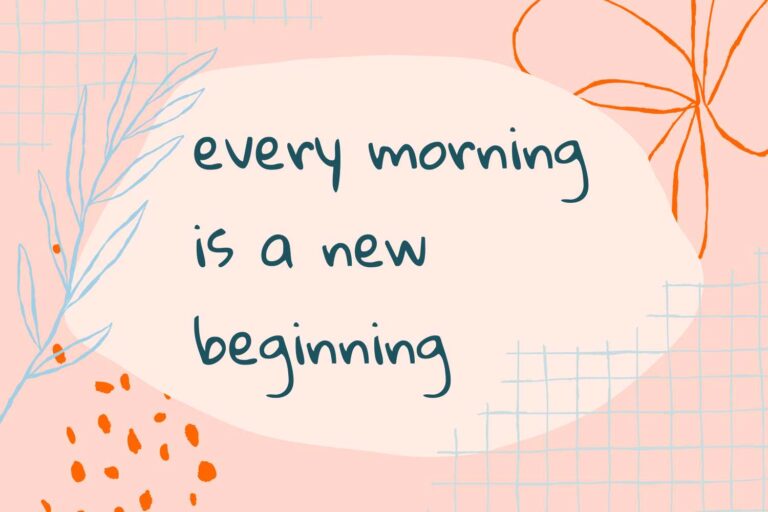How to take action and why it beats waiting for perfect
You’ve been researching for months. Planning. Getting ready to get ready. You tell yourself you’re “almost there” – you just need a little more time, one more course, the perfect conditions.
But here’s the truth you already know how to take action – you’re not preparing anymore. You’re procrastinating.
Perfect is the enemy of progress. And while you’re waiting to feel completely ready, opportunities are slipping by, skills are staying undeveloped, and your dreams are getting dusty.
It’s time to take action instead.
Why your brain demands perfection
Your brain has convinced you that imperfect action is risky. But the real risk? Never starting at all.
Perfectionism is actually:
- Keeping you stuck in the research phase forever.
- Making every small step feel like it has to be flawless.
- Convincing you that “not ready yet” is safer than “good enough for now.”
- Turning normal learning curves into evidence you shouldn’t try.
The perfectionism trap: Your brain thinks that if you prepare long enough, you can skip the messy learning phase and jump straight to competence. That’s not how growth works.
The reality: You don’t get ready by thinking about it. You get ready by doing it imperfectly until you improve.

The cost of waiting for perfect
While you’re getting ready to get ready, here’s what’s happening:
Opportunities are expiring: That job posting, that collaboration request, that moment when your audience was ready to hear from you – gone while you were “perfecting” your approach.
Skills aren’t developing: You can’t learn to swim by reading about swimming. You can’t build confidence by avoiding situations where you might look foolish.
Momentum is dying: Every day you don’t take action, it gets easier to keep not taking action. Inaction becomes its own habit. If procrastination has become your default response, here are strategies to break the cycle.
Impostor syndrome is growing: The longer you wait, the more you convince yourself you don’t know enough to start. The gap between where you are and where you think you should be keeps widening.
Your dreams are getting smaller: When you can’t take action on big goals, you start settling for smaller ones. Then smaller ones. Until your dreams fit comfortably inside your comfort zone. If you find yourself constantly settling for less, you might be dealing with deeper limiting beliefs that keep you playing small.
The truth about imperfect action
Imperfect action beats perfect inaction every single time. Here’s why:
You learn faster through doing than thinking: You learn faster through doing than thinking: One week of imperfect action teaches you more than six months of perfect planning because you’re actively building skills, getting feedback, and adapting in real-time.
Perfection is an illusion anyway: Nobody starts perfect. Every expert was once a beginner who took messy first steps. “Perfect” keeps moving as you grow, so you never feel “perfect enough.”
Imperfect action creates momentum: Taking action generates energy for more action. Small wins compound into bigger achievements. Confidence comes from doing, not thinking.

The “good enough to start” approach
Stop aiming for perfect. Start aiming for “good enough to learn from.”
How to set good enough standards:
- Ask: What’s the minimum viable version of this action?
- Define: What would “good enough to start” look like vs. “good enough to impress everyone”?
- Remember: Version 1.0’s job is to exist and teach you what version 2.0 should be
The mindset shift: Good enough to start is infinitely better than perfect but never started.
You can always improve something that exists, but you can’t improve something that doesn’t exist. Every time you take imperfect action, you’re building crucial life skills: resilience, adaptability, confidence, and a bias toward action.
Studies consistently show that perfectionist concerns create a persistent gap between actual and ideal performance, leading to more procrastination rather than better outcomes.
The 70% rule
If you’re 70% ready, you’re ready enough.
The perfectionist’s dilemma: Waiting for 100% ready means waiting for conditions that will never exist. There will always be something else you could learn, prepare for, or perfect.
Why 70% is the magic number:
- You have enough knowledge to take meaningful action and learn from the experience.
- You’ll learn the remaining 30% through doing (which you can’t get any other way).
- Waiting for 100% usually means waiting forever because the goalposts keep moving.
How to calculate your readiness percentage:
- List everything you think you need to know/have/be before starting.
- Honestly assess what you already have (most people severely underestimate this).
- Identify what you can only learn by doing (this is usually the missing 30%).
- Recognize preparation vs. procrastination (are you learning new things or recycling the same research?).
The 70% assessment tool:
- Knowledge: Do I understand the basics well enough to start?
- Resources: Do I have the minimum tools/funds/support needed?
- Skills: Can I do a basic version, even if not expertly?
- Clarity: Am I clear on the next 2-3 steps, even if I can’t see the whole path?
The truth: 70% ready + taking action = 100% ready much faster than waiting until you feel 100% ready.

The “experiment” mindset
Stop trying to succeed perfectly. Start trying to learn quickly.
The pressure problem: When you frame something as “launching your business” or “starting your new career,” the stakes feel enormous. Every action feels like it has to lead to success or you’ve failed.
The experiment reframe: Instead of trying to succeed, you’re trying to gather data. Instead of having to get it right, you’re testing what works.
How to reframe your imperfect action as experiments:
- Instead of: “I’m launching my business.” (pressure to succeed immediately)
- Try: “I’m experimenting with freelancing for 30 days to see what I learn.”
The experiment framework:
- Set a clear timeline: 30 days, 10 attempts, 5 conversations – whatever feels manageable.
- Define your hypothesis: What do you think will happen? What are you curious about?
- Identify success metrics: What will you measure? (Hint: learning counts as success)
- Plan the evaluation: At the end, what questions will you ask yourself?
- Commit to the full experiment: Don’t quit halfway unless you learn something definitive.
Why experiments work:
- Removes performance pressure: You’re not trying to be perfect, just curious.
- Makes failure impossible: Every result gives you valuable information.
- Creates natural endpoints: You’re not committing forever, just to the experiment length.
- Builds scientific thinking: You start seeing setbacks as data, not defeats.
The “just start” protocol
When perfectionism paralysis hits, use this step-by-step process:
Step 1: Shrink the task
Take whatever you’re avoiding and make it smaller. Keep shrinking until it feels almost ridiculously easy. The goal is to eliminate the resistance, not complete everything at once.
Step 2: Set a timer
Choose 10, 15, or 25 minutes maximum. When the timer goes off, you have permission to stop. Usually, momentum will carry you forward, but stopping is allowed.
Step 3: Commit to messy
Give yourself permission to do it badly. Remember: you can always improve something that exists, but you can’t improve something that doesn’t exist.
Step 4: Focus on completion, not perfection
Your only goal is to finish the timer session. Quality is not the objective – movement is. Celebrate completing imperfect action.

Why imperfect action makes you stronger
Every time you take imperfect action, you’re building crucial life skills:
- Resilience: You prove to yourself that imperfection doesn’t kill you.
- Adaptability: You learn to adjust based on real feedback instead of imaginary scenarios.
- Confidence: You build evidence that you can handle uncertainty.
- Growth mindset: You see challenges as learning opportunities, not threats. This shift from fixed to flexible thinking is fundamental to personal growth.
- Bias toward action: You default to doing instead of thinking.
The compound effect: Each imperfect action makes the next one easier. Each time you survive “not being ready,” you become more comfortable with discomfort.
The truth about getting ready
You don’t get ready by waiting. You get ready by doing.
Every expert was once a beginner who took messy, imperfect action. Every successful person has a long list of imperfect first attempts behind them.
The difference between people who achieve their goals and people who don’t isn’t talent, luck, or perfect timing. It’s willingness to act before they feel ready.
Your dreams are waiting for you to stop perfecting and start progressing.
Your how to take action challenge
This week: Choose one thing you’ve been “getting ready” to do. Apply the 70% rule – if you’re 70% ready, take one imperfect action toward it today. Set a timer for 20 minutes and work on it, giving yourself permission to do it badly.
The goal isn’t perfection. It’s momentum.
What’s one imperfect action you could take today?
Need help silencing that inner critic while you take action? These affirmations can help quiet perfectionist thoughts.
Ready to break through perfectionism and start taking consistent action toward your goals? Start here: Identify what’s really blocking your progress.







